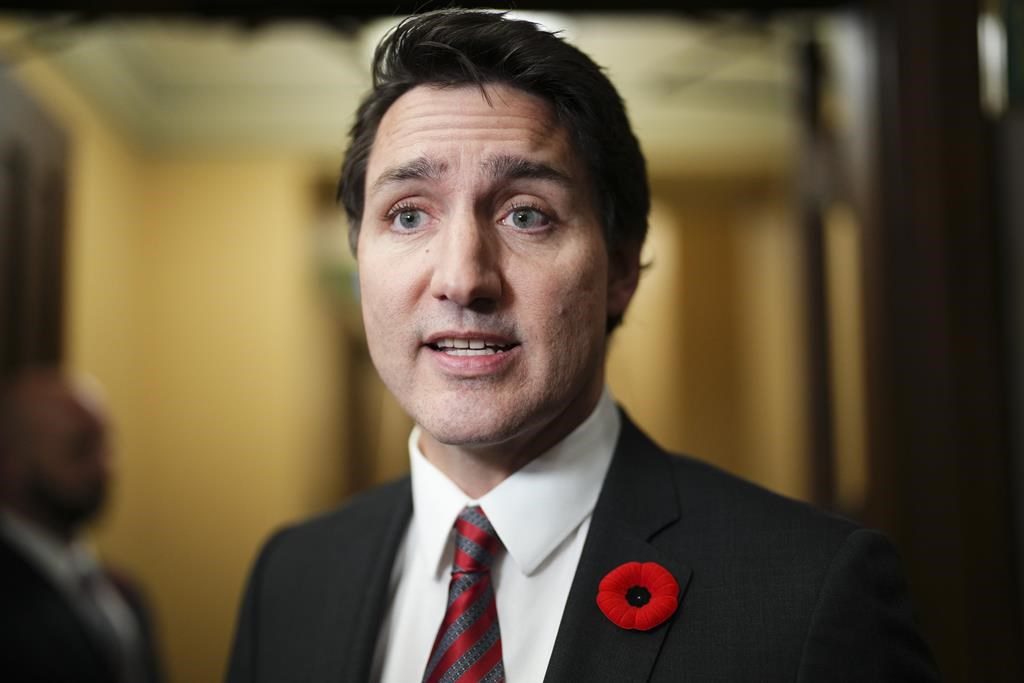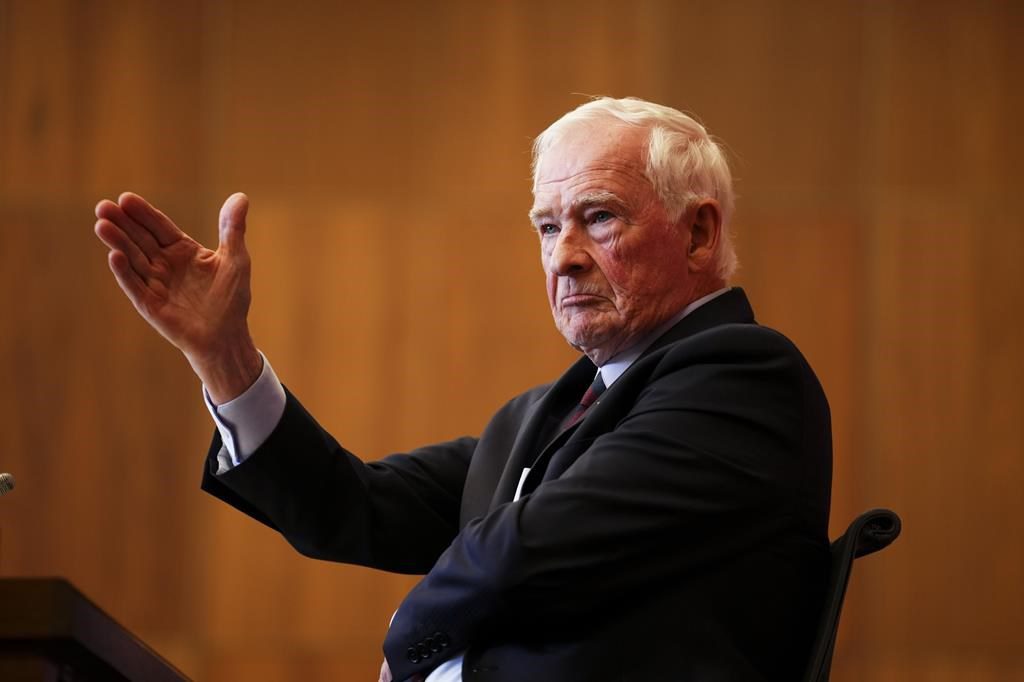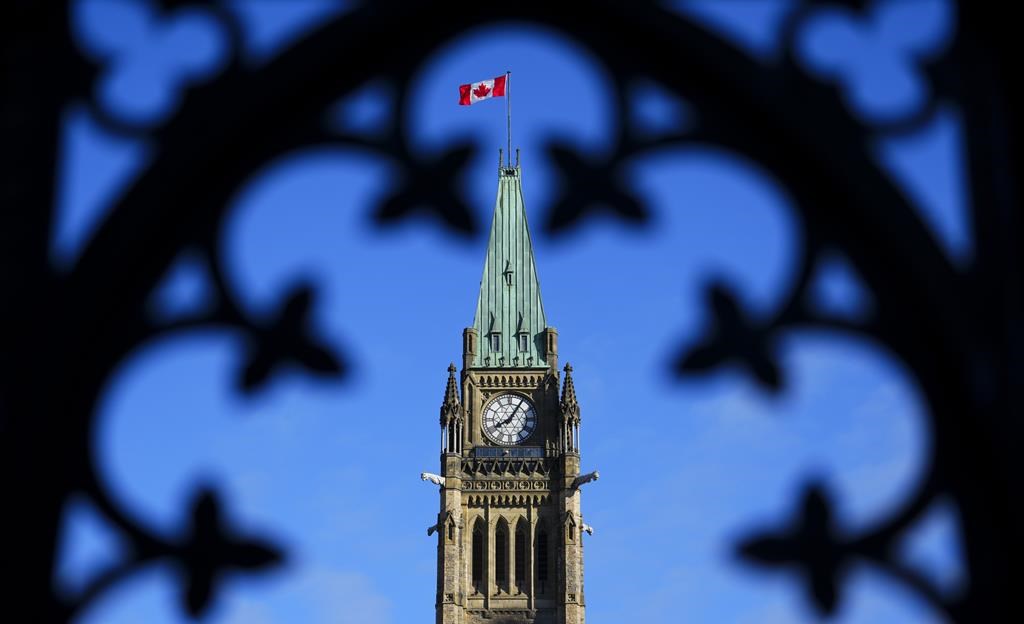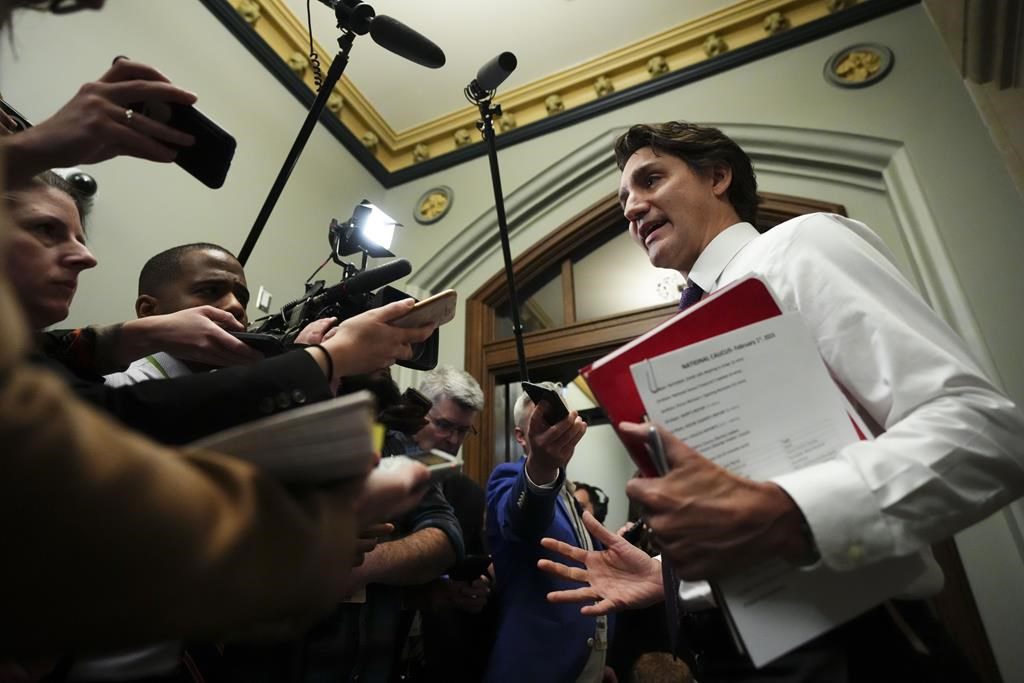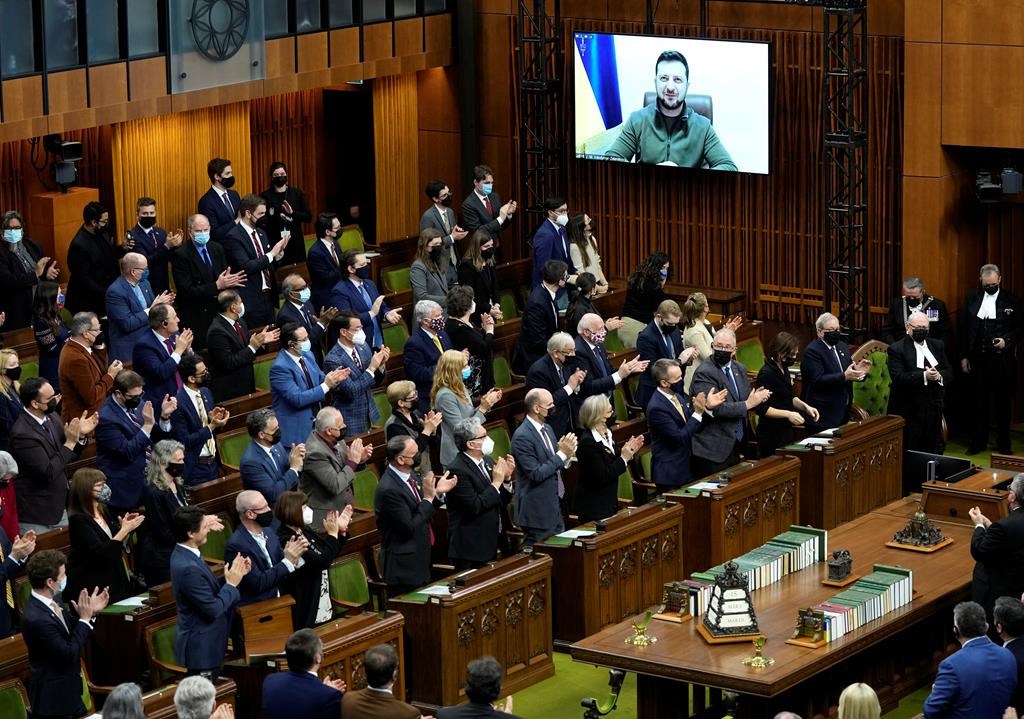Opinion poll guru Éric Grenier has recently noted that PM Justin Trudeau is “in a deep polling hole.” And “few prime ministers have dug themselves out this far out from an election.”
Assume, in other words, that the National Post is wrong. An “enfeebled Trudeau” does not have “the NDP seriously reconsidering its support.”
As the March 2022 supply and confidence agreement between the Liberals and New Democrats broadly envisions, the next federal election in Canada probably will take place not quite two years from now, in the fall of 2025.
Yet, Mr. Grenier points out, even with this kind of contest, historically only two federal leaders with equally bad (or worse) polling numbers this far away have gone on to win the next election.
Both were Conservatives. The more recent is Brian Mulroney. His party was 15 points behind in 1986, but then won a majority of seats in the 1988 election. (Justin Trudeau is 14 points behind in 2023, awaiting an election in 2025 — again probably.)
Some 30 years before this, John Diefenbaker’s party in 1956 was 16 points behind, under George Drew. Then Dief succeeded Drew that December. And the Diefenbaker Progressive Conservatives won the biggest election victory in Canadian history in 1958.
Both the 1958 and 1988 federal elections had unusual features. Quebec Premier Maurice Duplessis gave an unexpected boost to Diefenbaker in 1958. The Canada-US Free Trade Agreement was the key issue in 1988!
The Justin Trudeau who has already won three consecutive federal elections in 2015, 2019, and 2021 (albeit with two minority governments), is swimming against the historical tide in another way as well. The last Canadian PM to win four elections in a row was Wilfrid Laurier in 1908.
At the same time, today’s calculations stressing points behind the poll leader may be misleading.
Consider the latest 338Canada polling projections. They give the Conservatives an almost astounding 205 seats (where 170 is a bare majority) in a federal election held now. But they still show the Liberals and NDP together with more of the cross-Canada popular vote (45%) than the Conservatives (40%).
Moreover, if you add the Greens and (say) about half the Bloc Québécois vote to the progressive equation, the current broadest quasi-governing group in parliament, intermittently identified with PM Justin Trudeau, would get 52% of the popular vote in a federal election held right now.
Similarly, Jagmeet Singh’s New Democrats did recently support Pierre Poilievre’s Conservative motion to exempt all home heating from the federal carbon tax. But this was only after NDP House leader Peter Julian pronounced the Poilievre pitch “clearly not a confidence motion.”
(And, as it happened, the NDP only voted for the Conservative motion after Bloc Québécois Leader Yves-François Blanchet had announced that his MPs would vote against it, alongside the Trudeau Liberals. The motion was finally defeated 186 to 135 in the House.)
In such ways the second Justin Trudeau Liberal minority government, supported on crucial supply and confidence votes by Jagmeet Singh’s New Democrats (and others), does at the moment seem to stand a reasonable chance of surviving until October 2025.
Very recently the prime minister looked very strong in the House as well, in a spirited early November exchange with Official Opposition Leader Poilievre, on divisiveness in Canadian politics. More of this could help Justin Trudeau overcome dissatisfaction inside his own party, and run as leader again in 2025 (as his plan still does seem to be).
If current polling trends carry on into 2024 and beyond, whenever the next federal election exactly happens the Poilievre Conservatives may finally win something like the 211 seats won by the Mulroney Conservatives in 1984. (When John Turner replaced Pierre Trudeau as Liberal leader.)
On the other hand, however inexact they may be as Liberal models of 2023 and 2025, the Diefenbaker Conservatives in 1956 and 1958, and the Mulroney Conservatives in 1986 and 1988, do show that coming back from polling holes even somewhat deeper than Justin Trudeau’s at the moment is not historically unprecedented.
Much stirring of political plots around the world is in the air right now — along with many unpredictable human calculations. What, just as an example, if the part of the female vote that lately seems to have abandoned PM Trudeau returns to the fold?
As Kaniz Supriya at the online Business Standard site explained this past summer, “Justin … is probably one of the most good-looking prime ministers in history.”





